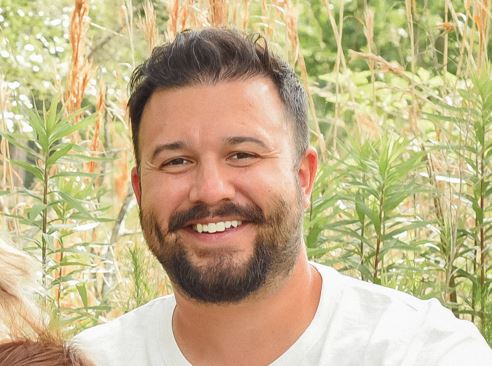TGS’ Picanha 3D reprocessing lays foundation for PRIO 100,000 BPD milestone
Brazilian exploration has always been unpredictable. So, who could predict that a cut of Brazilian beef would seismically change the offshore energy industry? That is exactly what happened for PRIO when they wisely chose to invest in TGS’ Picanha 3D seismic reprocessing program.
PRIO’s disciplined approach emphasizes the multi-client seismic value within the oil and gas exploration structure. The Picanha 3D dataset incorporates over 100 legacy surveys, 300 offshore wells, and spans over 150,000 km2. Mrs. Thais Borba, Coordinator of Geology and Geophysics at PRIO, communicated that the “invaluable dataset bolstered operation confidence” and provided the subsurface intelligence to aid PRIO’s well positioning, enabling them to surpass the 100,000 BPD milestone in the Campos Basin. After licensing Picanha 3D, PRIO and TGS undertook the challenging task to improve the data further with the goal of extending the life of a recently divested asset from Petrobras, the Frade Field (Fig. 1 & 2). Mrs. Borba indicated that the Frade Revitalization Campaign was successful due to a “close collaboration and robust partnership between TGS and PRIO.” The precise calibration of the velocity model allowed her team to “glean vital insights from previously non-producing regions of the field.” These insights were the exact types of surprises that PRIO was hoping to find when they took on majority field operatorship in 2019.
TGS’ multi-client seismic database has supported Brazilian exploration for years, including Brazil’s famous Tupi discovery in 2006, which unlocked pre-salt development in the country. The revitalization of Frade is a unique endeavor that will serve as a blueprint for other opportunities in offshore Brazil where complimentary, standalone seismic surveys will continue to be utilized to provide the highest technological solution.
TGS and PRIO continue to leverage their strong “synergy and shared dedication” (Borba) in other assets, while new exploration opportunities are brought to the market. South of the Frade campaign, Brazil’s ANP has proposed four new blocks inside the “heartlands” of the Pre-Salt Polygon in the Campos Basin. TGS’ data library, including Olho de Boi 3D, Campos 3D, and Picanha 3D, covers 5,600 km2 of this open territory (Fig. 1 & 3) and “bakes in” potential for additional technology application, such as multi-azimuth model building and imaging. By combining the best of all worlds from different but complimentary datasets, precise structural and quantitative interpretation can be achieved for play evaluation, risk reduction, and in the case of marginal fields, extension of the reservoir lifecycle. Accordingly, the success of such programs will be as measured by barrels of oil and production increases.
Congratulations to PRIO and thank you Mrs. Thais Borba for your commentary. Good luck in the “exciting uncharted territory.”
For more information on TGS’ offshore Brazilian seismic database and upcoming lease round information, please visit our Latin America Seismic page.

Figure 1. Map displaying location of Frade Field in relation to TGS’ data library and upcoming lease blocks.

Figure 2. Cross-section seismic view of the Frade Field inside of Picanha 3D Dataset.

Figure 3. Cross-section view of seismic stacks with velocity overlay of upcoming lease blocks Citrino, Onix, Jaspe, and Larimar.


